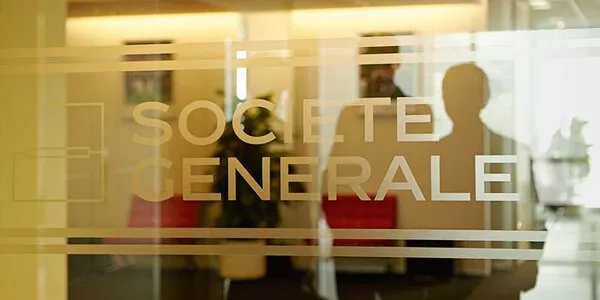
Charging up Down Under: the potential of Australia’s electric vehicle market
Almost 90% of households in Australia own a vehicle, with over half owning more than one; and the average Australian drives nearly 13,000km per year (Footnote 1,2). Both numbers are higher than almost anywhere except North America.
There is one statistic, however, where Australia currently lags: electric vehicles made up 3.8% of all vehicle sales in 2022, compared to around 13% globally3, 7% in the US and more than 20% in Western Europe4,5. As a result, transport is the country’s third-largest source of greenhouse gas emissions - a fifth of the total - and these have been increasing more rapidly than emissions from any other sector over the last three decades6.
There are, however, signs which indicate a rapid acceleration of electric vehicle take-up, unleashing the potential of a market with over 20 million vehicles on the road.
Accelerating away
First, the number of available EV models is improving after years of global and local supply constraints. Variety is increasing too: previously dominated by only a small number of players, the range of makes and models has broadened providing Australian drivers more options. Prices are coming down and we believe they will approach parity with internal combustion engine cars in the next few years – initially with subsidies and incentives still included, but later even without.
Meanwhile, all Australian states plan to continue to offer some form of incentives to spur EV purchases, whether this is through cash rebates, stamp duty discounts, road tax exemptions or a mix of all of these.
All of this is already having an effect, with EV sales rising 86% in 2022, admittedly from a low base, while their penetration in and around the capital of Canberra has reached almost 10%.
The critical next step, and one where Societe Generale is well placed to play a role, is the financing of the development of charging infrastructure. Again, Australia is currently behind most other developed nations. At the end of 2022, it had more than 2,300 public charging stations nationwide and just a small percentage of these offered more than a single charger or ultra-fast charging capacity. This resulted in many EV owners experiencing delays to charge their vehicle when on the road over the holiday period and has contributed to lack of take-up to date.
New business, new business models
Having said that, a growing number of market participants are responding to the emerging demand, in relation to equipment manufacturers from large multinationals to smaller players with local foundations. Charging infrastructure is being installed by local governments in the car parks of libraries, swimming pools and tourist destinations and by private businesses including shopping centres, hotels and petrol stations.
Different types of players are emerging in the charging market, including those developing charging networks; and others with more of a focus on hardware and software development strategy consultation for market participants, including developers and councils.
What many participants in this market have in common so far is that they are focusing on metropolitan areas where higher traffic levels can justify initial investment and allow for efficient operation and maintenance as required. Australia’s vast highway network is largely being supported by the federal government, which has set up the ‘Driving the Nation Fund’ to furnish at least 117 highway sites with chargers.
At Societe Generale, our experience as one of the pioneering banks in Europe’s e-mobility sector, enables us to develop structured financing solutions tailored for the various business models that are evolving. In 2019, we acted as structuring bank and mandated lead arranger for a €150m initial financing for Allego, the Dutch company that has grown into Europe’s leading public EV charging network. Last December, we closed as sole structuring bank and co-lead underwriter a €400m Green Loan financing package for Allego, a key milestone that will fuel the company's growth as a pan-European leader in electric vehicle charging infrastructure. This Green loan - the largest senior debt financing in the industry so far, successfully brought to market an asset class that will be a key enabler of the transition towards clean mobility.
Being involved in the development of the essential infrastructure that are charging networks and facilitating the adoption of EVs generally is at the heart of Societe Generale’s strategy to support the energy transition. We see Australia as a market with exciting opportunities ahead.
1. https://profile.id.com.au/australia/car-ownership
2. Frontier Group fact file
3. https://seekingalpha.com/article/4576068-ev-company-news-for-the-month-of-january-2023
4. Electric Vehicle Council Australia, 2022 Recap
5. McKinsey, June 2022
6. https://www.dcceew.gov.au/climate-change/publications/national-greenhouse-gas-inventory-quarterly-updates

インフレ復活は日本経済をどう変えようとしているのか
日本はこの2年余りの間に、30年間も続いたデフレから完全に脱却したかにみえる。2022年をゼロ%近辺でスタートした消費者物価は上昇ペースを上げ、昨年初めには4%超のピークを付けた後、現在3%弱の水準にある。

ソシエテ・ジェネラルとアライアンス・バーンスタイン、バーンスタイン社を共同設立
パリ(フランス)・テネシー州ナッシュビル(米国)2024年4月2日







